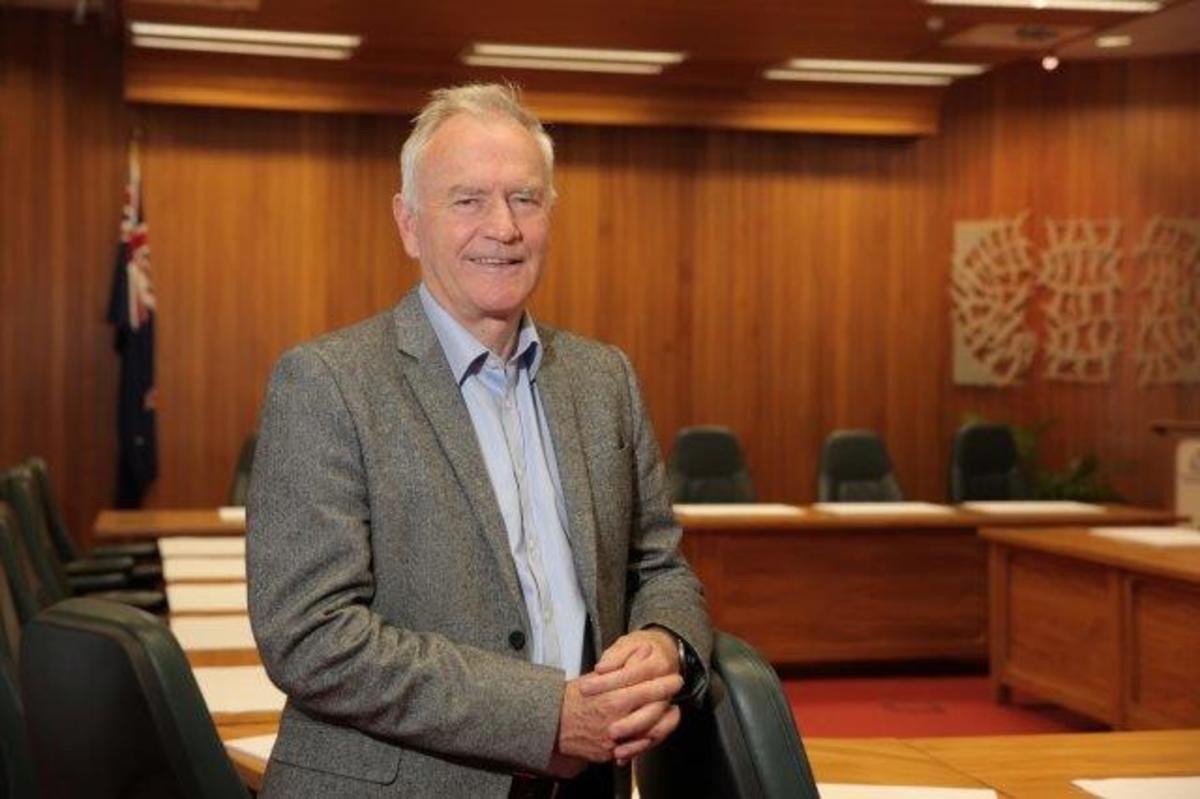Flight to support winter grazing improvements in Southland
Environment Southland
13 April 2021, 5:30 PM
 "Continued spotlight" on winter grazing . . . Environment Southland chief executive Rob Phillips. PHOTO: Supplied
"Continued spotlight" on winter grazing . . . Environment Southland chief executive Rob Phillips. PHOTO: SuppliedEnvironment Southland take to the air this week, weather permitting, to look at cultivated forage crop paddocks and identify areas that may pose water quality risks this winter.
The regional council project is being supported by DairyNZ and Beef + Lamb New Zealand.
Environment Southland chief executive Rob Phillips said there was a continued spotlight on Southland farmers’ wintering practices, and he was keen to ensure farmers were supported to be well prepared for grazing this season.
Advertisement: Auction Grooming
Advertise on the Southland App
“We appreciate the attention that landowners have given to improving their wintering practices over the last few years. This is good to see, but farmers need to be prepared and vigilant throughout winter.”
The rural sector held concerns last year over the practical implementation of the Government’s new intensive winter grazing rules.
Recently Environment Minister David Parker and Agriculture Minister Damien O’Connor announced the Government would defer the introduction of the regulations for a year, until May 2022.
However, rules preventing the expansion of intensive winter grazing will still apply.
“The Ministers have set clear expectations about what they expect to see over the next 12 months when it comes to winter grazing, which includes seeing measurable improvement.”
“Our flight . . will focus on cultivated paddocks where water quality is at high risk when those paddocks are grazed this winter,” Mr Phillips said.

An aerial photo of good winter grazing practice, 2020. PHOTO: Supplied
As with last year, land sustainability staff will be looking at paddocks to ensure critical source areas have been left uncultivated, buffer zones are in place by waterways, how feed crops are being used to keep vegetation between waterways and animals, and if the paddocks look like they could pose an increased risk of overland flow.
The land sustainability team will then follow up directly with those farmers identified with higher risk paddocks to ensure there is a strategic grazing plan in place, and to offer advice on managing the higher risks from these paddocks, Mr Phillips said.
Dairy NZ and Beef and Lamb NZ representatives will be on the flight to help identify paddocks of interest and support any follow-up work.
DairyNZ said a proactive approach is essential to reducing risk and delivering good outcomes.
“Many farmers are working hard to prepare for this winter and what is required to deliver good winter grazing practices, but there is still opportunity for improvement,” Sharon Morrell, DairyNZ general manager – farm performance, said.
“We all want to see winter go well, supporting healthy water quality and excellent animal care. We’ll be working with farmers in the coming weeks to look at what they can do now to make sure their teams are prepared, so the expected improvements in good management practice occur this winter,” she said.
“Beef + Lamb New Zealand supports the promotion of good wintering practices and proactive measures to assist farmers with wintering plans in Southland,” Beef + Lamb New Zealand’s South Island environment capability manager Tom Orchiston said.
“There are a number of good resources now available to ensure farmers have a documented winter grazing plan. For example, the Forage Cropping Chapter in the B+LNZ Farm Plan incorporates the Southland Winter Grazing advisory group recommendations. It enables farmers to record the actions in place to reduce the
potential impacts of winter grazing activities on animals and the environment,” he said.
Environment Southland will also be working with the Ministry for Primary Industries over the winter to support their work with animal welfare concerns.
EVENTS
ACTIVITIES & ATTRACTIONS

